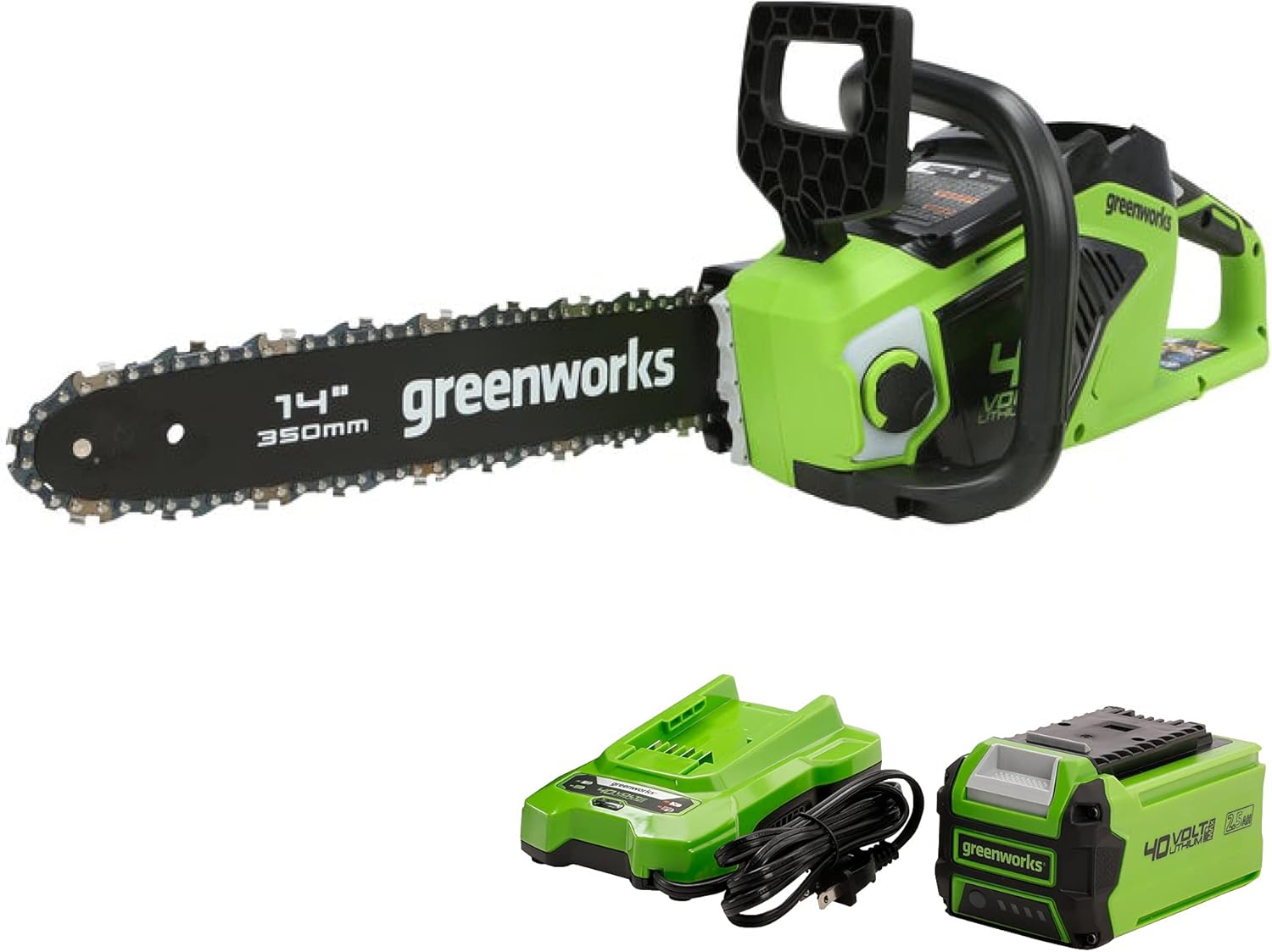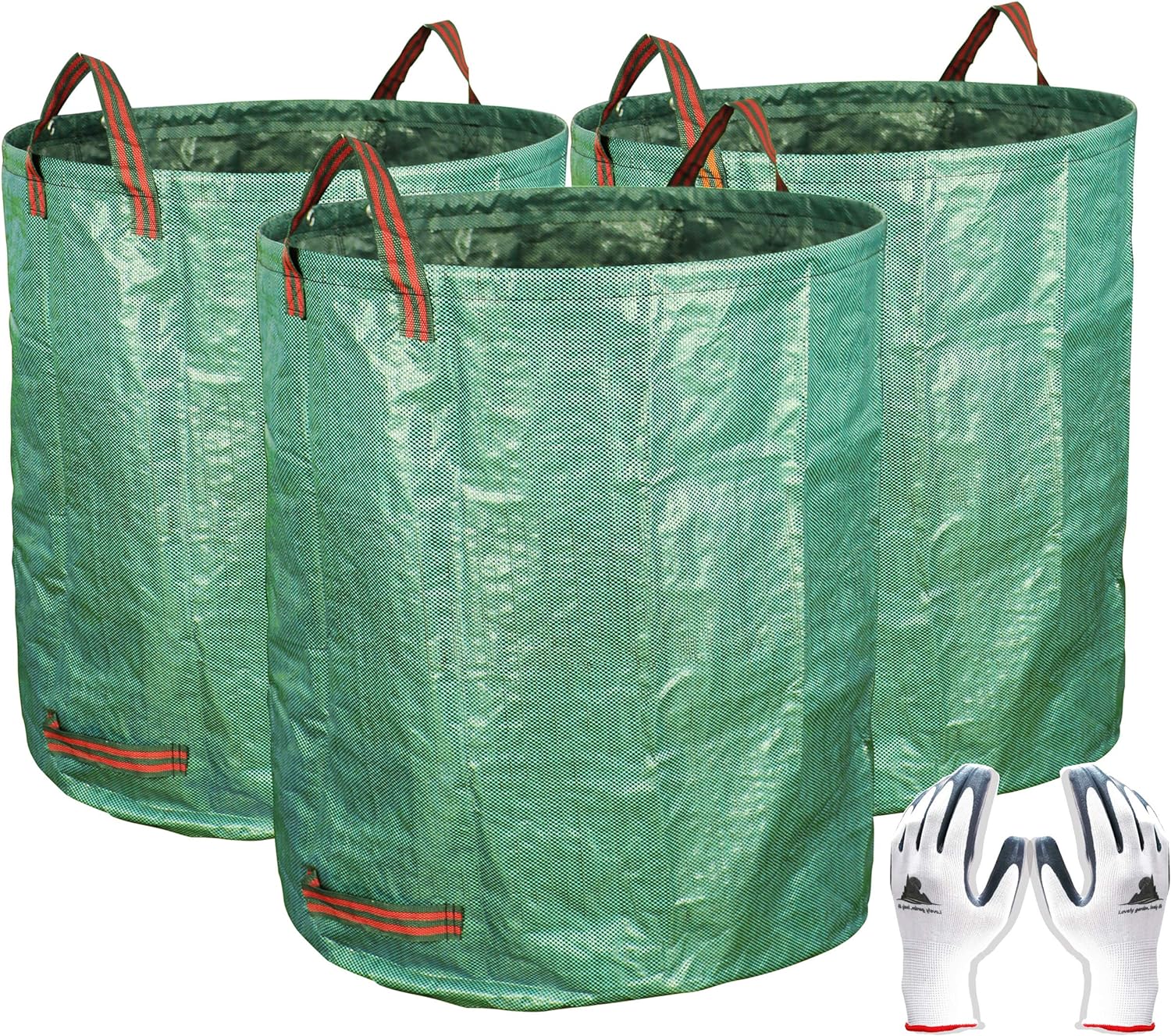
Those of us who have spent a few years (or more) in the American West know that winter here doesn’t look like winter in much of the country. As far as I’m concerned, this is a good thing; I don’t enjoy days of gray skies and persistent snow cover. Our woody landscape plants, however, would say otherwise.
Particularly true for lower elevation and intermountain portions of the West, regular sunny days, wind, and a lack of snow cover combine with significant daytime warming – even when nights are cold – wreaking havoc on many woody plants, especially those that are not yet established. Cold and drought damage plant cells through similar mechanisms, so dry, frigid weather delivers a double whammy to these plants. Learn more: Protecting Trees Through Unpredictable Winters in the Mountain West
Does your garden need water in winter?
This practice is not particularly beneficial in gardens that hold snow cover over winter, since plants in such gardens already receive water when temperatures rise. In “winter brown” gardens, however, watering allows us to manage one of those plant-damaging variables: desiccation (the process of extreme drying). At its most basic, this is the concept behind winter watering.

How does winter watering help plants?
As much as it hydrates the plant, winter watering serves to replace air in the soil profile with water. Water has one of the highest specific heat capacities of any liquid, meaning it can hold an enormous amount of heat energy compared to many natural substances. Slowly radiating this heat into the soil, water insulates roots and reduces temperature swings while hydrating the roots it envelops. This has benefits beyond the roots, too, as there is some research to indicate that regular winter watering also reduces the likelihood of sunscald (also known as southwest injury) on tree trunks.
Basics of winter watering
Typically, I begin winter watering in November and will continue until April during periods of dry weather and warm temperatures (think no snow cover and days breaking 40°F).
- Any day temperatures rise above 50°F is a good candidate for winter watering.
- Water during the warmest part of the day and quit a couple of hours before dusk so water can make its way into the soil and off stems before freezing.
- Up to once monthly suffices for most plants during such periods.
- I water with a solid cast-iron sprinkler at the end of a garden hose (see above).
- Move the sprinkler every 20-30 or so minutes.
- If soils are especially dry, I will often go over an area twice, allowing some time between each watering for water to soak deeply into the soil.
- Winter watering is particularly valuable for plants that are not yet established.
♦ How do I know if a plant is established? One can quickly estimate whether a larger shrub or tree is established using the following formula regarding trunk diameter: for every inch diameter of a tree trunk, the plant will need one year in the ground to establish. So, a tree with a two-inch diameter trunk (measured at chest height) would require two years minimum to reach establishment after transplant. In our rather harsh climate, assuming plants require an extra year to establish certainly doesn’t hurt.
Water widely and deeply for best results
The goal is not to deliver water to the tree as much as it is to hydrate the soil where roots may be, so wetting part of the root zone very well is less effective than wetting the majority of the root zone reasonably well. And, since the root system of a tree can extend up to three times its drip line (distance from the trunk to outside edge of foliage), ensure you water not only under the tree but around its perimeter, too. The caveat here is that recent transplants, with their highly organic potting mixes and smaller root balls, can benefit from just setting the hose out in their transplant well at a trickle.
Make it part of your routine
The type of task that can be easily added to a day of work around the house, winter watering hardly feels like a strain when built into your regular routine as a monthly chore. Your landscape will certainly thank you and, hopefully, you’ll be able to enjoy those sunny western days without the nagging concern that you’ve left your landscape high and dry. Just be sure to unhook the hose afterward!
More information for Mountain West Winters:
-
The Pros and Cons of Different Irrigation Systems for the Mountain West
- Using Cold Frames in the Mountain West
And for more Mountain West regional reports, click here.
Bryan Fischer lives and gardens at the intersection of the Great Plains and the Rockies. He is a horticulturist and the curator of plant collections for a local botanic garden.
Fine Gardening Recommended Products

Greenworks 40V 14" Chainsaw, 2.5Ah USB Battery and Charger Included
Fine Gardening receives a commission for items purchased through links on this site, including Amazon Associates and other affiliate advertising programs.

Pruning Simplified: A Step-by-Step Guide to 50 Popular Trees and Shrubs
Fine Gardening receives a commission for items purchased through links on this site, including Amazon Associates and other affiliate advertising programs.

Gardzen 3-Pack 72 Gallons Garden Bag
Fine Gardening receives a commission for items purchased through links on this site, including Amazon Associates and other affiliate advertising programs.



















Comments
Log in or create an account to post a comment.
Sign up Log in